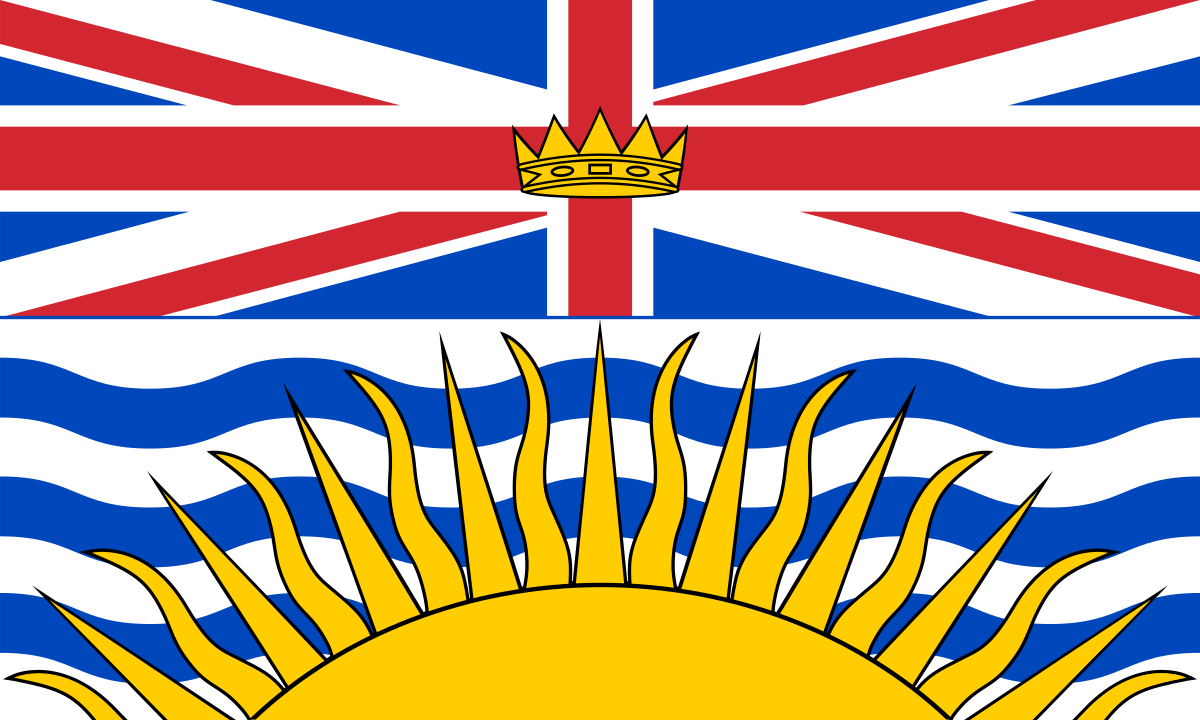
Maps - digital or analog - are by definition only approximations of reality. When the two disagree in any way, reality wins every time.
North Shore Search and Rescue says it was starting to grow dark by the time they got a call for help near Mount Fromme. The hiker had no light source with him …
When you are going off into the forest where nobody in the world knows exactly where you are, and you have to depend on your own wits to get back to civilization, you’d better damned well have a light, as well as a lighter.
Should mapping services correct these kinds of errors? Absolutely. Is it their fault when some dingus with no gear whatsoever goes walking into the forest where no path is? No.

Is it their fault when some dingus […] goes walking into the forest where no path is? No.
Picking a single aspect to assign total blame is kinda pointless, and so is trying to address that through Yes/No. Every incident is the compounded result of multiple contributing factors. One of these contributing factors is that Google Maps displayed inaccurate information, even though common sense should have worked as error correction. The fault is in our stars.

If you ask me for directions to my house, and as part of the directions I give you, I tell you to drive your car down a staircase, and you do, you are entirely responsible for your automobile accident.

Uh, sure? Walking off trail in the woods isn’t as surrealistic as taking a car down a staircase so the analogy doesn’t seem useful to me. Even if the instructions of driving down some stairs were truthful it would still be blatantly illegal/unsafe.
A less silly example: it’s possible to sue the government if one gets into a crash due to bad signage. Even if the driver is the one who technically broke the law, the city may be liable for confusing signage that contributes to accidents.

I used the car down a staircase story because it happens all the time.
[I]t’s possible to sue the government if one gets into a crash due to bad signage.
That’s because the government operates the roads.
If you ask me for directions to my house, and as part of the directions I give you, I tell you to walk down a path in the forest where no path actually exists, through pretty serious terrain, and you have no gear to speak of, and you go anyway, you are entirely responsible for having to be rescued and airlifted out by helicopter.
This guy, and anyone like him, is not obliged to follow a map application.

I used the car down a staircase story because it happens all the time.
Ah sorry, when you said “I tell you to drive your car down a staircase” I thought you meant you gave literal “take the stairs with your car” as instructions, instead of giving an abstract map/drawing that the person would follow. Then yeah, in this case the analogy makes more sense. My mistake.
I tell you to walk down a path in the forest where no path actually exists […] you are entirely responsible for having to be rescued and airlifted out by helicopter
lol k

No, that’s exactly what I meant. You apparently didn’t click the link.
https://www.kron4.com/news/driver-claims-she-was-following-her-gps-down-staircase-police-say/
That’s a recent incident, there have been others. Other kinds of “people following their GPS” incidents are here:
https://theweek.com/articles/464674/8-drivers-who-blindly-followed-gps-into-disaster

When they say they “reached out to Google but have yet to hear back”, what does that mean? Do they think there’s a Maps Department at Google with people who fix problems? The correct approach is to use the feedback feature within the app: Username → Help & Feedback.
I once reported a similar issue to Apple Maps. The local search and rescue put out a warning to raise awareness: they’d done multiple rescues for the last three months to a location that people were being sent to by “an online mapping service”. I found it, it was on Apple Maps, reported it via the app, and it was fixed the next day. The SAR agencies don’t understand how mapping apps work.

I feel like something that’s getting lost in the whole “are mapping apps responsible when their data is wrong” debate that’s going on in this thread is that google maps is absolutely not a trail app. I started hiking at the same time everyone else did, the beginning of the pandoodle, and I’ve been getting out about twice a month since then. I can tell you that google misses trails that are there, marks trails that don’t exist, and generally does a bad job of helping you plan and navigate hikes because it’s not meant to help you plan and navigate hikes.

Google creates routes based on GPS data of Google Maps users. In my town I see so many routes that cross school yards because people use that as a shortcut even though that’s private property.

I have to wonder if Google is too big in these situations and there’s no one there to actually take these calls. It’s not the first time I’ve been unable to resolve issues with Google services due to no real human being in charge to deal with the situation on their end.
I often rely on Google Maps for all navigation even in remote areas. It’s been great mosty even offroading. I’m extra cautious when driving via Google in these areas but it’s not always been good as there’s been a few times I’ve been hmm this is not the road google thinks this is or others have put up physical signs saying your GPS is wrong, this is not the way to such and such place. I’ve seen this more than once. I’m glad for the signs as in some cases these roads have been washed out or no longer connect to anything saving me hours of hassle. Too be fair I’ve had Garmin GPS take me on roads too that aren’t roads anymore when I first bought a GPS.
Then there are the times like that older couple a few years ago that died going up and over a mountain in Oregon during the winter and became stuck because their GPS said it was the quicker route to a main area. The man tried to hike out after a few days of waiting but he didn’t make it. I think eventually some hunters much later on came across them.
I recall Apple maps not being great when they first broke away from Google and it was bad initially. People driving off non existent exits. Thankfully I’ve read that they have become just as good as Google or even better now. I also use All Trails for hiking but it too can show old trails no longer in use. This issue has shown up in old offroad map books too.
After seeing one too many lost hiker stories I did buy a InReach Mini 2 with a SOS feature. I hope I never needed it but if I do I hope it won’t take 20+ years to find my body like a hiker I read about in Joshua Tree Park. They think he sprained his ankle on a summer hike and there’s hardly any cell signal in the area. He was an experienced hiker and search teams couldn’t find him for years at it was pretty vast in there and the couple of pings his old school cellphone did give off couldn’t be triangulated to a small enough area to find him.
Anyways not sure what they do or how they correct for stale data in lightly populated areas especially when it comes to tourists. I think it might take government intervention to get Google to move the needle on some of these things. I think it’s important as many no longer know how to read a map and without a GPS program they don’t know how to navigate because they never had to growing up like older generations. Then there are that couldn’t even read maps that gps allows them to get around. They trust the GPS without fail.

I had an issue with Gmail the other week and I couldn’t even find any method to contact anyone at Google. It was just a constant cycle of FAQ lists, self-help forum posts, and technical websites. Couldn’t find a single phone number email, call-back form submission, or online chat. It was kind of infuriating since my issue wasn’t exactly a common one that would be answered in any of the methods available.

This is more about a person making a really bad call than the service they relied on.
Google does fine mapping streets because in most places, they drive their little car around.
Google ain’t sending some dude along trails in remote areas. The maps they have of those areas are aggregate data. And aggregate data is not reliable (as Apple discovered when they launched Apple Maps).
Be smarter kids.

